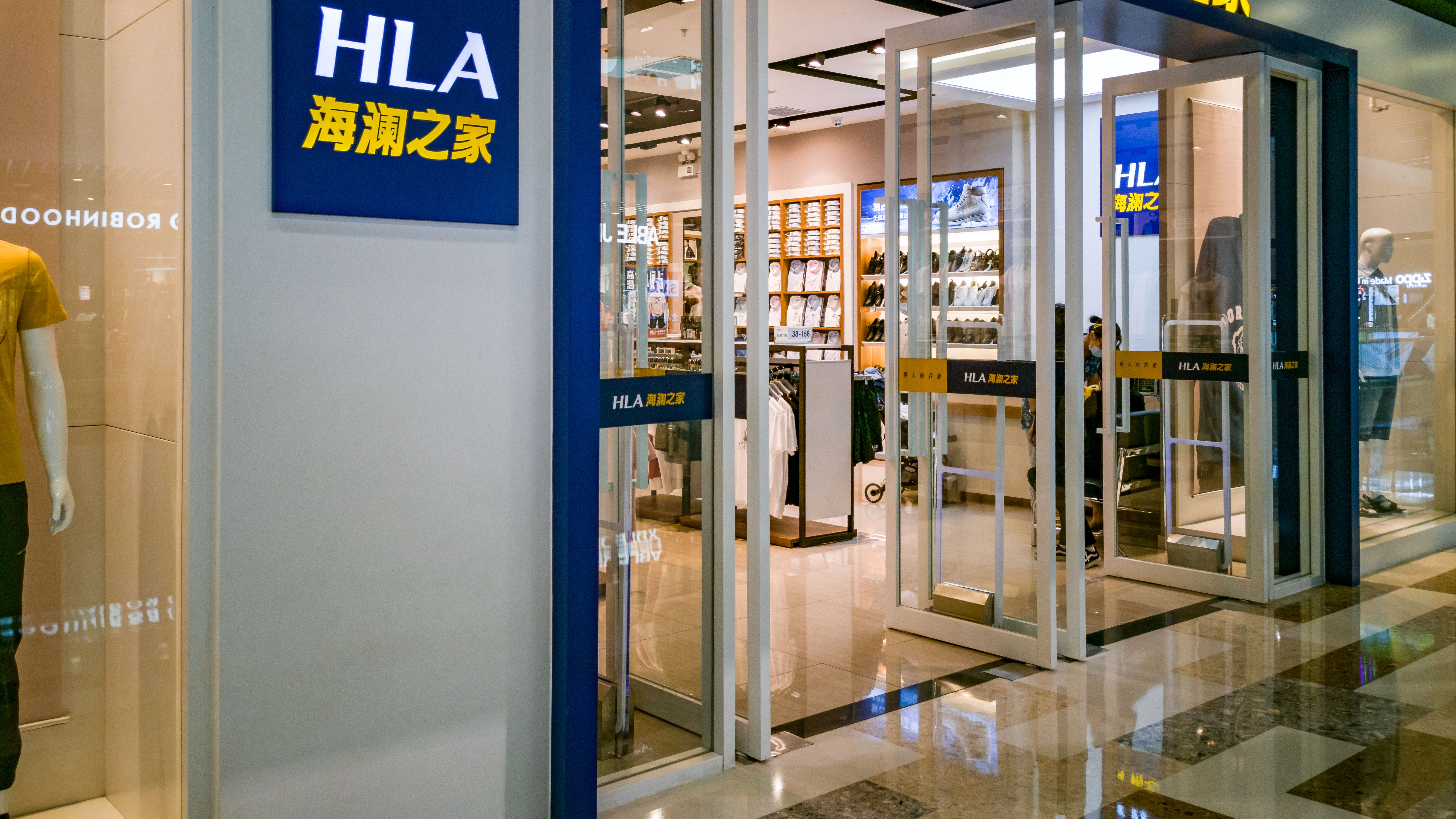03:35

Rising e-commerce sales are forcing traditional clothing labels in China to adjust to their online competition. However, several major brands are still reliant on brick-and-mortar stores for sales, and their sales curves aren't moving well.
Textile firms' businesses were hit hard by COVID-19, which cut into orders from both foreign and domestic brands. Nonetheless, with e-commerce brands gaining popularity, textile companies are recovering thanks to orders from those brands.
Sun Way International, a textile firm based in Shanghai, said that 30 percent of its business now is from online retailers, and the orders are 30 to 50 percent more than they used to get from the big-name labels.
"E-commerce brands require a fast response. Usually, for one item it would take us a month to make the fabric, and another to make the clothes. But the e-commerce sites only give us half a month. The trend has been obvious since the pandemic; there are more and more orders like this now. The growth of e-commerce retailers is very obvious," said Cheng Li, business director of Sun Way International.
The factory is an epitome of what's happening in China's textile industry. Data from the National Bureau of Statistics show that retail sales of clothing dropped by more than 17 percent between January and July this year.
With the rising sales of e-commerce brands, industry insiders said that competition is expected to become even more fierce with the rising power of younger shoppers. The big domestic brands may be well known, but that only goes so far with buyers new to the market.

HLA's brick-and-mortar store in Beijing, China. /VCG
HLA's brick-and-mortar store in Beijing, China. /VCG
Several well-known local clothing brands such as HLA, Semir and La Chapelle have all run into problems, either seeing a drop in sales or being forced to close their brick-and-mortar stores.
The COVID-19 pandemic might have been a key reason for the slump in clothing sales, but several brands like La Chapelle had already been experiencing sales declines for the past couple of years. The underlying problem seems to be that Chinese consumers are now focused more on popular clothing designs, rather than on brand loyalty.
"Many millennials and the Z generation are showing different purchasing habits from other consumers, including the issue of brand recognition in clothing. That's why we are seeing a rising power of multiple designer brands and chic brands, which occupy a large market share. Domestic brands that rely heavily on consumer loyalty will definitely come under pressure," said Shao Dan, fashion management lecturer at Donghua University.
Virtually all the traditional big brands are being forced to change as a result. Nearly all that used to rely heavily on brick-and-mortar stores are moving their battleground to online platforms and live streams in an effort to drive up sales.
It may take a while to see whether this will help them reverse their sales slumps, but one thing is sure – it's all going to make the online clothing competition tougher and tougher for some time to come.